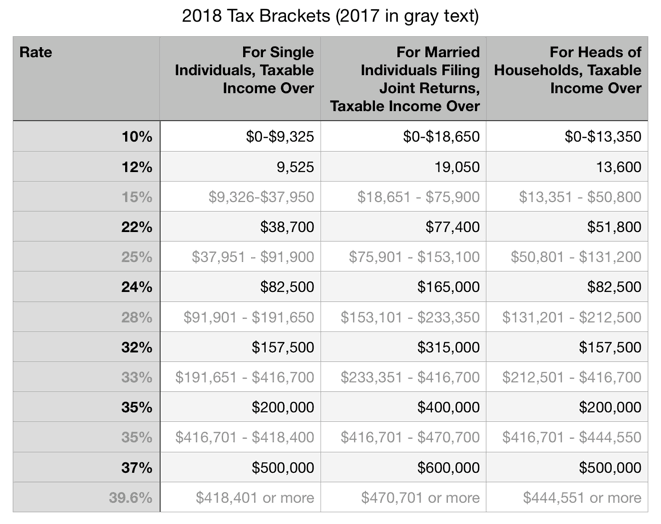Avoid these common types of IRS Penalties
Filing Extensions
One of the most common errors that taxpayers make every year is assuming that filing for an extension buys them more time to file their return and paying any taxes owed. Filing for extensions are easy whether you are missing crucial forms (e.g. 1099’s or K1’s) or it’s due to simple procrastination and you want to buy more time to file, there is no explanation required. What is required however, is that taxpayers remit with their extension an approximate amount they will owe, failure to do so will result in taxpayers being subject to “penalties and interest“!

Estimated Tax Miscalculation
Quarterly tax payments are due four times a year, failure to make these payments could result in an “estimated tax penalty”. This is a fairly common penalty as the IRS assessed this penalty to more than 10 million taxpayers in 2017. Although it is most common among people who are self-employed or retirees who have investments, taxpayers who don’t withhold enough taxes from their paycheck could also be subject to an estimated tax penalty. On the bright side, the penalty is one of the more reasonable ones assessed by the IRS as it generally equates to interest owed on a taxpayers underpaid funds (as of April 2018 the IRS interest rate is 5%).
Failure-to-file & failure-to-pay
The failure-to-file penalty is generally more than the failure-to-pay penalty. The IRS may remove or abate these penalties if you can show that you had reasonable cause for not filing or paying your taxes by the deadline (e.g. casualty, fire or other interventions). If the taxpayer cannot provide an acceptable reason for filing or paying late, they may be able to apply for a first-time penalty abatement (FTA) waiver. To qualify for this type of relief, the following requirements must be met 1) received no penalties (other than estimated tax penalties) for the three tax years preceding the tax year in which you received a penalty, 2) filed all required returns or filed a valid extension of time to file, and 3) paid, or arranged to pay, any tax due. Taxpayers can also reduce the failure-to-pay penalty by setting up a payment plan with the IRS commonly known as an “installment agreement”, these payment plans can cut a taxpayers penalties by as much as 50%. There are many types of installment plans offered by the IRS, therefore it is always a good idea to consult a tax professional like those found at TaxPM who can help you determine which plan is most suitable for you.
Tax Filing Inaccuracy
Although some tax filing inaccuracies are forgivable (e.g. incorrect birth date or address entry), others like substantial underpayment or negligently prepared returns will not be treated so favorably and will in most cases trigger penalties and interest due. If the IRS determines that your tax return was filed inaccurately due to negligence (e.g. inadequate record keeping, or other gross understatement of taxes due) they can assess penalty for negligence. If the IRS deems that the inaccuracies or substantial underpayment are a result of an intentional attempt at fraud or evasion then civil and or criminal penalties can be assessed.

Regardless for the reason of the inaccuracies on the tax return the IRS will almost always assess interest penalties (these are in addition to any other penalty assessed) on the balance of taxes owed, and unlike other penalties that have limits, there are no maximum amount of interest (compounds daily) that can assessed! If you receive a notice from the IRS regarding a penalty or interest being assessed against you and are unsure how to proceed or simply prefer to have more experienced person address the IRS on your behalf, contact the professionals at TaxPM™ today!







